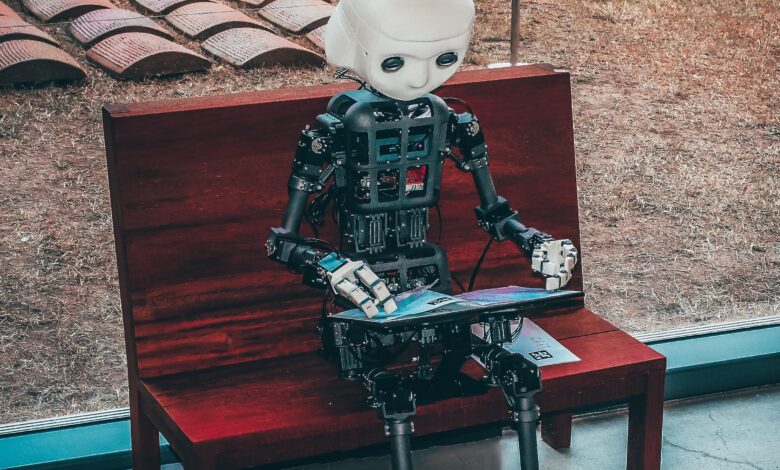The Impact of Robotics and AI on Supply Chain and Logistics

Technology is being accepted and adopted all over the world, however it is a constantly evolving phenomenon. This brings rise to a degree of uncertainty surrounding its direct impact, especially the overall effect on professional roles within the supply chain.
There has been a recurrent fear that technology will eventually replace the human workforce. However, several experts suggest that it would rather work hand-in-hand with humans, making life considerably easier for them. Thereby enabling them to focus on other higher valued opportunities available.
The effect of covid-19 on businesses across the has been profound and unforeseen. It has exposed the inherent weaknesses bedeviling most businesses, with a lack of protection planning sitting on top of the pile.
It is no longer a secret that for several years now, Robotics and AI have been a constant disruptive threat to the supply chain.
The spread of covid-19 has culminated in non-invasive technologies being sought after at an astronomical rate due to the need to implement social distancing in business environments like distribution centers and warehouses.
Probably the time is ripe for them to take center stage in the midst of all the chaos and make a telling difference.
In this article, we will look in detail at how AI and robotics are having an impact on several supply chain organizations around the globe, and the changes to expect as we struggle to adapt to a pandemic-ravaged world. The details discussed in this article are key robotic and Supply Chain innovations that will impact the supply chain distribution systems in a positive manner.
What is The Role of Robotics and AI in the Supply Chain?
The recent technological advancements in Robotics and AI imply that the skills of robots will soon exceed that of human workers in various tasks. As a consequence, the human workforce would invariably be automated away, when these advanced technologies manage to become more cost-effective.
The replacement of humans with robots has been a fiercely conflicting issue. There have been valid arguments due to the fear that the poorer and low-skilled portion of the workforce such as those involved in warehousing and transportation would be grossly affected.
However, on the flip side, a countering and more hopeful perception is that when there is an AI-induced switch in the workforce, the technology will greatly increase the capabilities of workers that are not directly competing with it. While technology will definitely reduce employment for certain forms of labor, there is also an enticing possibility to create new openings through “creative destruction”. This would result in what is known as the complementary effect.
The term complementary effect can be effectively understood by using the introduction of spreadsheets in the 1980s as a case study. This introduction made sure that working with large quantities of data became less error-prone and time-consuming. It simplified many tasks like modeling alternate scenarios and made routine bookkeeping easier and simple in supply chain finance.
The introduction of spreadsheets hugely impacted the demand for books keepers negatively but increased the need for people that could handle the new software like management consultants, accountants, financial managers, etc.
What Happens When Supply Chains Get Broken?
Regardless of which side of the fence you are sitting on, it is quite clear for all to see that automation and technology would definitely change numerous supply chain roles that we are used to.
Apparently, this would result in a significant disruption in the supply chain, and in order for workers to remain relevant, they will seriously have to put the prospect of re-inventing themselves into consideration.
The outbreak of the covid-19 virus has mercilessly exposed the severe lack of transparency that a good majority of businesses have in their supply chains.
All of a sudden, an unforeseen problem at just one level of the supply chain that was unpredictable has caused tremendous chaos for several organizations with food manufacturers among the worst hit.
While a number of roles in the supply chain are being replaced, new supply chain roles are equally being created. These new and hugely cooperative positions definitely require the leveraging of automation and AI.
This will facilitate the making of smart and innovative decisions around product portfolios, network designs, and product pricing among several others.
Leveraging AI to Develop Irrepressible Supply Chains
The adoption of Robotics and AI is already becoming widespread in various roles across the supply chain, and it is just at its initial growth stage. However, it is pertinent that technology should be structured to assist the existing workforce and not send them into obscurity by taking their place.
The present situation provides an ample opportunity to focus on creating a harmonious working relationship between machines and humans, by working hand-in-hand to achieve a more sustainable and efficient supply chain that will deliver better business outcomes.




